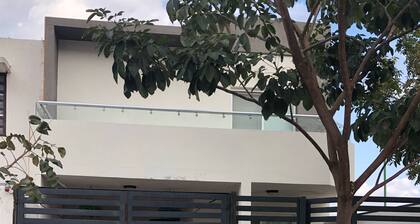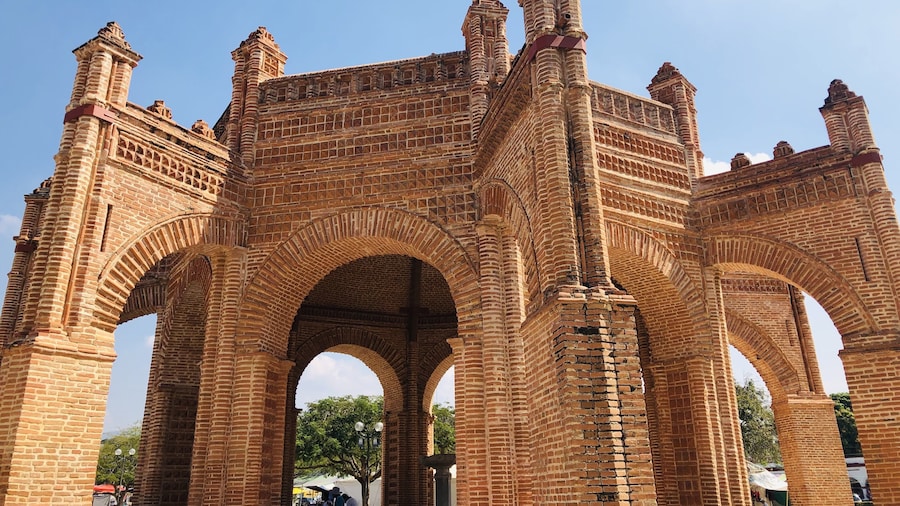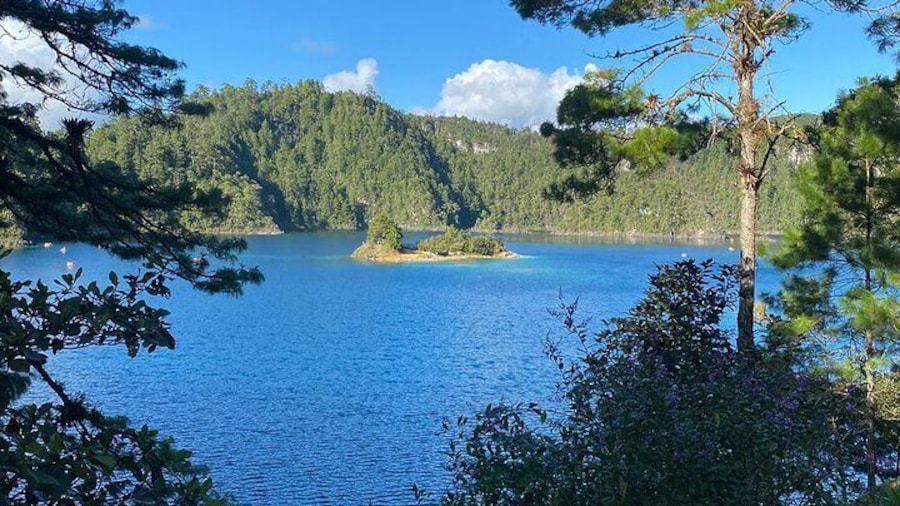Visit Chiapa de Corzo, a sleepy town blending colonial heritage with pre-Colombian ruins and flamboyant festivals. Discover jaw-dropping natural beauty, ranging from the town’s setting on the Grijalva River to dramatic canyons and waterfalls. Chiapa de Corzo was first ruled over three millennia ago by an ethic group that the Aztecs called “Chiapas.” Spanish explorers arrived in 1528 and established a colonial settlement.
Plaza de Armas, marking the heart of the Centro Histórico, is a place where friends meet to chat, rest on the grassy lawns and participate in festivals. La Pila, an imposing Mudéjar Gothic-style fountain built in 1562, dominates the square. Other notable landmarks include the brick Clock Tower and the Battle of 21 October 1863 Monument. Walk around the square’s perimeter and admire Los Portales, a series of arcades in front of the low-rise colonial buildings.
Marvel at the grandeur of the 16th-century Temple and Ex-Convent of Santo Domingo de Guzmán. Constructed by Dominican monks, it features Baroque elements, an exquisite façade and a gilded pulpit. Within the temple, the Museum of Laca has an exhibition of brightly colored lacquered gourds. Learn about the history of the marimba percussion instrument at the nearby House Museum of Marimba.
Join a boat tour at the town pier to Cañon del Sumidero National Park, located north along the river. Gaze up at soaring canyons. Spot myriad birdlife, intriguing rock formations and waterfalls. On the town’s southern outskirts is Chiapa de Corzo Archaeological Site. See the remains of Zoque temple buildings, which formed part of a settlement occupied from 1200 B.C. to A.D. 600.
Chiapa de Corzo is a 20-minute drive southeast of Tuxtla Gutiérrez. Public minibuses travel frequently between Plaza de Armas and Tuxtla Gutiérrez. Come in January for the Fiesta Grande, a wild festival of dances, masquerades and street food. Feast on traditional dishes, including pepita con tasajo, a meat stew and pumpkin seeds, and drink a refreshing pozol made of water, sugar and beaten corn flour.


















